
The beautiful ladies you see here are the owners of Pink Productions . This shot was taken of them at their launch party Friday 2-27-09. What you're looking at is 31mm f/4.5 ISO 1600 1/200. I had a Nikon SB800 mounted on the hot shoe firing at the ceiling to illuminate them. For the dance floor that night I had two SB600's mounted on light stands pointed at the ceiling. I was using the ceiling as a huge softbox since it was all white. It reflected the light back down onto the dance floor well.
In this picture you can see the dance floor and how well it is lit with just two speedlights:
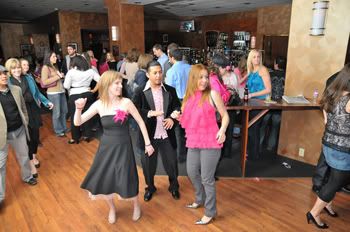
So I was looking around my bag this morning and I realized that I had a piece of gear that we hadn't talked about yet, a light meter. Light meters come in all shapes and sizes, and can be read just ambient, just flash, or both. They are sophisticated enough that you can fire your pocket wizard remote triggers with some models. The version I have is the Sekonic L-358 shown below.
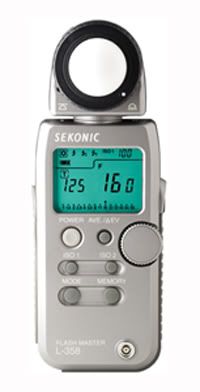
This unit is the version that will do either ambient, or flash, and it will fire your pocket wizard radio transceivers for you. So you say to yourself, why would I need one of these? I have a meter built into my camera. Yes most of us do have meters built into our SLR'S but they are what's called TTL or through The Lens meters. They read reflected light off of the subject and make a determination off of that. They work great most of the time, but sometimes they just don't cut it. For example, if you are photographing someone wearing a white or black shirt, the TTL can be fooled. The TTL is designed to measure off of 18% grey, so that means that something that is all white or all black will not have anything with that 18% grey in it. Nothing neutral to meter off of, so it will make the person's shirt look muddied grey. This is where a light meter will be of use. Yes you can place a grey card in front of the person and meter off of that, but if you want to be exact, you use your meter. A light meter is uses incident metering. What this means is that it actually measures the light that is falling on the subject. To achieve this you place the meter directly in front of the object that you want to meter off of and take your reading there. This will give you the most accurate reading of light to produce the exposure. This is possible because of the small translucent dome on top of the meter. This is the light sensitive part of the meter that gathers the available light and makes the determination. The ball usually takes a reading from all angles, and areas provided, however with some meters you can do what's called "spot metering". Spot metering limits the area metered to a small point. The size of the point varies from model to model, but generally it is just a few millimeters wide.
The biggest plus side to meters is flash. Meters that read flash are a great tool for anyone using off camera flash units in manual mode, as well as studio strobes. With the flash meter you are able to set what your ISO is, what your shutter speed is, and then the meter will tell you what your aperture or f/stop should be to create the correct exposure. The way to achieve this is by setting the ISO, and Shutter Speed, then holding the meter either in front of your model or where your model will be, and "popping" the flash. The meter won't read until it senses the flash output. It will then take it's reading and adjust accordingly. There is not substitute for the precision and control of a meter. I would recommend that anyone wanting to get into off camera flash buy one. The Nikon CLS units are nice, and allow you to do a whole lot, but there are so many more creative things you can do with manual flash. The key to it though is being able to get the proper exposure, you can do this with a light meter. The inexpensive ones can be had for around $100, and the most expensive units run in the upwards of $1000. The unit that I have pictured above is made by Sekonic and is priced at a moderate $250.00. Minolta/Sony makes a nice meter as well. I would suggest getting one that does both ambient and flash, that way you don't limit yourself with one or the other.
Tomorrow we're going to talk a little about Circular Polarizers. See you then. Jason
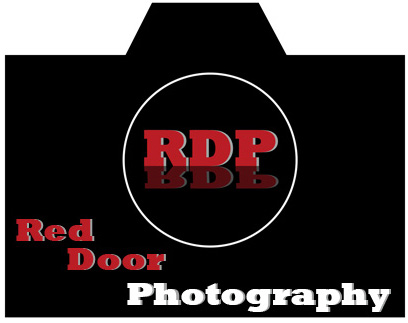

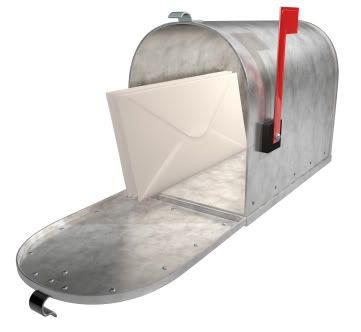


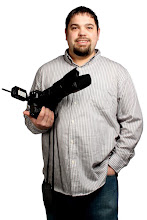
Light Meters are handy little creatures. They have many benefits as you mentioned above. It's also on the list of things to buy someday. :P
ReplyDelete